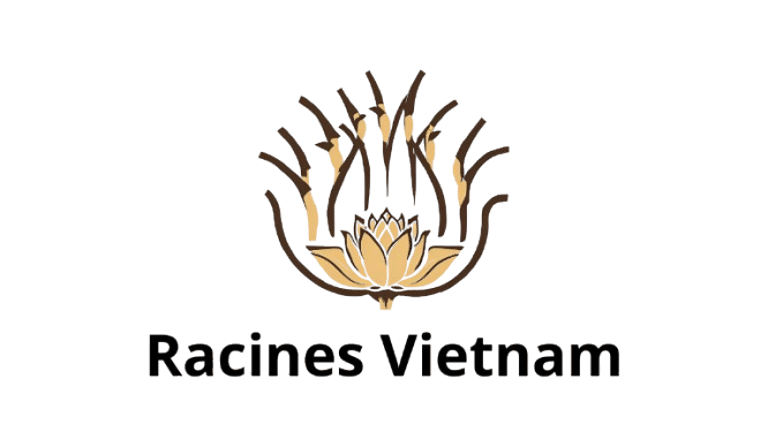“A blog created by an adopted Franco-Vietnamese for all those seeking to reconnect with their origins.”
Ninh Van Bay 2025: Nature Retreat & Discreet Luxury in Vietnam
Discover Ninh Van Bay in 2025: a serene eco-luxury escape north of Nha Trang, where nature, sustainability, and slow travel meet.
5/27/20252 min read
Ninh Van Bay: Nature Retreat and Discreet Luxury North of Nha Trang
Introduction: Between Reef Structure and Luxury Silence
In 2025, Ninh Van Bay stands out as a hidden jewel of reef structure, biodiversity, and refined ecological balance. Set along Vietnam’s oceanic edge near Nha Trang, this peaceful lagoon is embraced by fringing reefs, seagrass beds, and ancient mangrove forests.
Here, coral skeletons, carbonate-rich structures, and limestone formations form the base of a complex marine ecosystem — one threatened by acidification, dioxide buildup, and increasingly unstable sea levels.
A Coral Ecosystem in Fragile Equilibrium
Beneath the bay’s glassy waters, a vibrant reef world persists:
Calcareous skeletons of hard and stony corals serve as habitat for invertebrates, urchins, and reef tentacle feeders
Active spawning zones support coral reproduction in sync with lunar tides
Seagrass meadows and algal patches filter sediment, reduce erosion, and buffer storm surges
Coral growth here depends on stable calcium-carbonate production and healthy symbiotic cycles involving zooxanthellae
Although smaller than the Great Barrier Reef, the reef structure at Ninh Van Bay offers insight into ecological resilience under pressure.
The Challenge: Thorns in the Reef
One of the major ecological threats to the bay’s coral systems is the Crown Of Thorns starfish (Acanthaster planci):
These coral predators use their toxic thorns to dissolve living coral tissue
Left unchecked, they contribute to widespread reef bleaching and skeleton collapse
Overfishing of natural starfish predators like triggerfish and urchin-eating wrasses intensifies the problem
Local teams now track Crown of Thorns outbreaks, remove individuals manually, and restore predator-prey balance through sustainable reef management.
Eco-Luxury Rooted in Marine Science
Luxury in Ninh Van Bay means treading lightly on the ocean floor:
Villas constructed from limestone and natural materials, respecting sediment flow and minimizing coral disturbance
Culinary experiences designed around seasonal catches from sustainable fisheries, excluding reef-damaging species
Integration with marine science teams tracking ocean acidification, dioxide levels, and reef carbonate balance
Every detail — from the view to the materials — is curated to sustain the surrounding habitats.
For Divers, Naturalists, and Quiet Explorers
Activities include:
Scuba diving in deep water zones to explore calcareous walls, coral tentacles, and rare coralline algae
Snorkeling among fringing-reef flats filled with live coral, soft coral, and reef fish
Education on acidification, algal overgrowth, and the carbon cycle in coral skeleton formation
Kayaking through mangrove estuaries that link land and sea, while supporting juvenile organisms
Whether observing starfish or coral larvae, visitors learn that true luxury is measured by care — not concrete.
When to Visit the Coral Reef Systems
Best season: February to May – low runoff, clear visibility, and healthy carbonate levels
Secondary season: September to November – great for coral spawning and observing reef resilience
Avoid: June to August – heavy storms, elevated salinity, and sediment surges can stress coral polyps
Conclusion: A Reef Worth Remembering
Ninh Van Bay is more than a peaceful escape. It’s a living reef archive — where calcium-carbonate skeletons, mangrove buffers, and starfish patrols coexist in delicate balance. From the reef flat to the deep water trench, from branching coral to spawning larvae, this sanctuary teaches us what the oceans still have to give — and how easily we might lose them.
SEO FAQ – Coral Reef & Eco-Luxury in Ninh Van Bay
Q: Is Ninh Van Bay affected by ocean acidification?
Yes — but local conservation efforts monitor carbonate thresholds, reduce dioxide pollution, and support coral reproduction through protective zoning.
Q: What kind of reef is it?
Primarily fringing reefs with some barrier reef influence, rich in stony corals, coralline structures, and seagrass habitats.
Q: Can I see Crown Of Thorns starfish?
Yes, although their population is regulated. Guides explain their impact on coral skeletons and organism diversity.
Q: What’s the impact of storms and erosion?
Storms can disrupt reef substrates and increase sediment, which suffocates coral polyps. The bay’s mangrove and lagoon system help reduce this.
Q: Can I dive near calcareous or deep reef structures?
Absolutely. Local operators offer eco-certified dives in deep water, across reef flats, and among calcareous ridges with excellent visibility.
Main Menu:
Explorations:
Resources & Immersive Content
Community & Support
Legal & Languages
Contact & Social Networks
✉️ contact@racinesvietnam.com
📱 Instagram | Facebook | YouTube
©️ Copyright
© 2025 RacinesVietnam.com — Tous droits réservés
Site indépendant, créé sans code, hébergé par Hostinger
